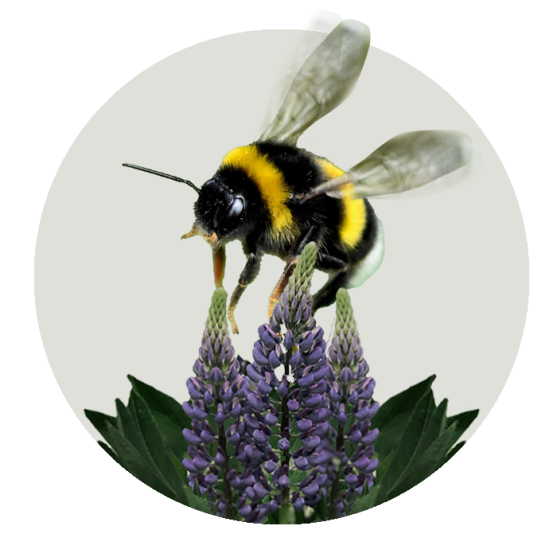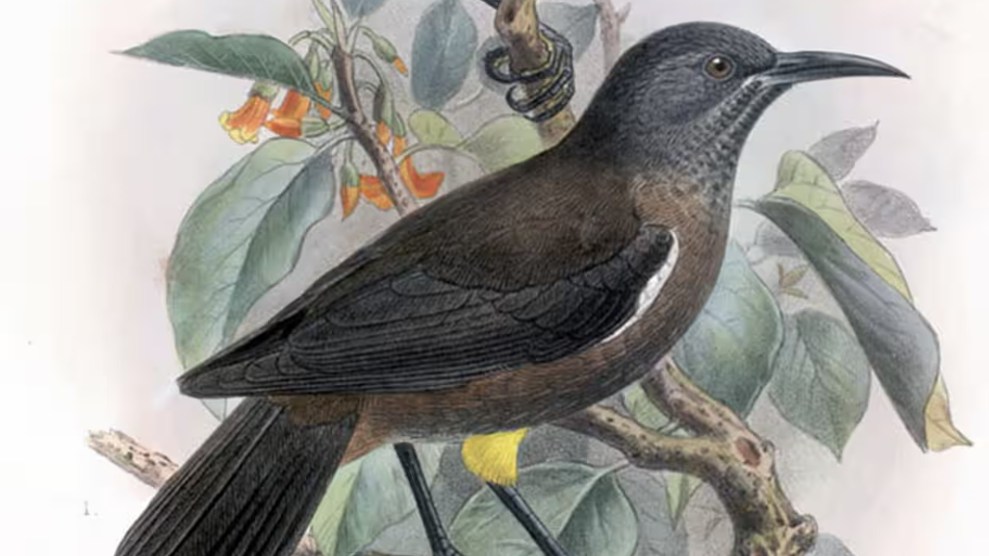Today the World Conservation Union (also known, for reasons too arcane to go into, as the International Union for the Conservation of Nature and Natural Resources or IUCN) came out with its “Red List” of species threatened with extinction. There are 188 additions to the list, bringing the total up to 16,306. There’s particularly bad news about great apes and coral reefs, but across the taxonomic board, the news is “quite bleak,” said Jane Smart, who heads the group’s species program.
As Mother Jones‘ Julia Whitty wrote in Gone: Mass Extinction and the Hazards of Earth’s Vanishing Biodiversity:
1 in 4 mammals, 1 in 8 birds, 1 in 3 amphibians, 1 in 3 conifers and other gymnosperms are at risk of extinction. The peril faced by other classes of organisms is less thoroughly analyzed, but fully 40 percent of the examined species of planet Earth are in danger, including up to 51 percent of reptiles, 52 percent of insects, and 73 percent of flowering plants.
By the most conservative measure—based on the last century’s recorded extinctions—the current rate of extinction is 100 times the background rate. But eminent Harvard biologist Edward O. Wilson and other scientists estimate that the true rate is more like 1,000 to 10,000 times the background rate. The actual annual sum is only an educated guess, because no scientist believes the tally of life ends at the 1.5 million species already discovered; estimates range as high as 100 million species on Earth, with 10 million as the median guess. Bracketed between best- and worst-case scenarios, then, somewhere between 2.7 and 270 species are erased from existence every day. Including today.
We now understand that the majority of life on Earth has never been—and will never be—known to us. In a staggering forecast, Wilson predicts that our present course will lead to the extinction of half of all plant and animal species by the year 2100.
You probably had no idea. Few do. A poll by the American Museum of Natural History finds that 7 in 10 biologists believe that mass extinction poses a colossal threat to human existence, a more serious environmental problem than even its contributor, global warming, and that the dangers of mass extinction are woefully underestimated by most everyone outside of science. In the 200 years since French naturalist Georges Cuvier first floated the concept of extinction, after examining fossil bones and concluding “the existence of a world previous to ours, destroyed by some sort of catastrophe,” we have only slowly recognized and attempted to correct our own catastrophic behavior.
The rate of extinction is due to a variety of factors, but nearly all are human induced, including climate change, habitat loss, invasive species (transported by us), the plight of the oceans, and so on. As Julia notes:
All these disappearing species are part of a fragile membrane of organisms wrapped around Earth so thin, writes E.O. Wilson, that it “cannot be seen edgewise from a space shuttle, yet so internally complex that most species composing it remain undiscovered.” We owe everything to this membrane of life. Literally everything. The air we breathe. The food we eat. The materials of our homes, clothes, books, computers, medicines. Goods and services that we can’t even imagine we’ll someday need will come from species we have yet to identify. The proverbial cure for cancer. The genetic fountain of youth. Immortality. Mortality.
The living membrane we so recklessly destroy is existence itself.
Read Julia’s article. It will haunt you. As will the accompanying photo essay by Richard Ross.













